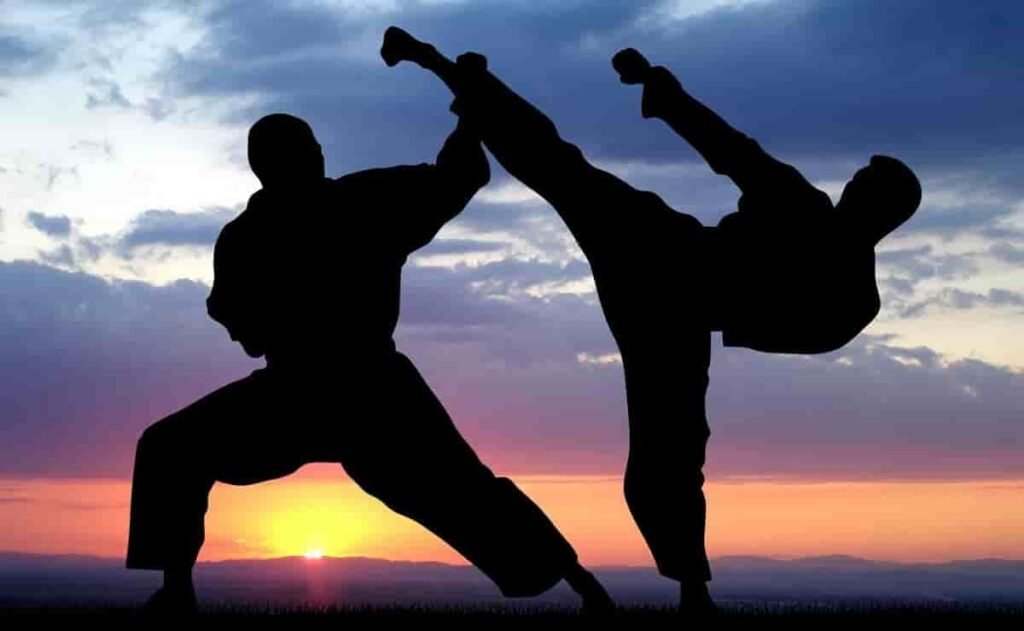Introduction
Chinese Kung Fu, also known as Wushu, represents a rich and intricate tradition of martial arts that has been practiced for centuries. Its roots trace back to ancient China, where it evolved not only as a form of combat but also as a discipline promoting physical, mental, and spiritual well-being. Today, Kung Fu is globally revered for its aesthetic appeal, philosophical depth, and cultural significance.
Historical Background
The origins of Chinese Kung Fu can be linked to early human survival techniques and exercises. Over thousands of years, these practices were refined, with influences from Chinese philosophy, medicine, and military strategies. Famous Shaolin monks were particularly instrumental in shaping Kung Fu into a structured system, often intertwining Buddhist principles with martial practice.
As dynasties rose and fell, Kung Fu evolved to meet changing needs, from personal defense to preserving peace and participating in resistance against invaders. This rich history has endowed the art with profound traditions and values that continue to influence its practice today.
Key Styles and Techniques
Kung Fu boasts an immense variety of styles, each unique in its movements, philosophies, and origins. Some of the most iconic styles include:
- Shaolin Kung Fu: Renowned for its rigorous training and combination of physical aptitude with Zen meditation.
- Tai Chi: A softer, internal style centered on fluid movements and harmonious energy flow, fostering relaxation and health.
- Wing Chun: A close-combat form emphasizing quick, efficient strikes and defensive maneuvers.
- Animal Styles: Techniques inspired by animals such as the tiger, crane, snake, and dragon, focusing on mimicking their movements.
Each style emphasizes balance, precision, and a blend of strength and flexibility, with movements often inspired by nature. The philosophy behind Kung Fu reflects respect for harmony, discipline, and the interconnectedness of body, mind, and soul.
Training and Philosophy
Kung Fu training is both physically demanding and mentally enriching. It typically includes learning fundamentals such as stances, punches, kicks, and forms (sequences of movements). Advanced levels integrate weapon training, sparring, and self-defense techniques. Importantly, practitioners are also taught to cultivate inner peace, resilience, and respect for others.
Underlying Kung Fu is a philosophy deeply rooted in Confucianism, Taoism, and Buddhism. Practitioners are encouraged to embrace virtues like humility, patience, and perseverance, making Kung Fu a path toward personal growth and self-mastery beyond the physical realm.
Global Influence
Thanks to iconic martial artists like Bruce Lee, Jackie Chan, and Jet Li, Chinese Kung Fu has become a cultural phenomenon worldwide. Films and competitions have propelled Kung Fu into international recognition, inspiring millions to learn and adopt its principles. Today, schools and academies dedicated to Kung Fu can be found globally, offering lessons to people from all walks of life.
FAQs on Chinese Kung Fu
1. What is the difference between Kung Fu and Wushu?
Both terms often refer to Chinese martial arts, but Wushu is a modernized and standardized competitive form of martial arts, while Kung Fu represents traditional practices that vary widely.
2. Can anyone learn Kung Fu?
Yes! Kung Fu is open to people of all ages and fitness levels. With consistent practice and guidance from a skilled teacher, anyone can enjoy its benefits.
3. How long does it take to master Kung Fu?
Mastery of Kung Fu varies depending on the style and dedication of the practitioner. It is a lifelong journey of learning and self-improvement rather than a quick achievement.
4. Is Kung Fu only about fighting?
Not at all. Kung Fu promotes holistic well-being, combining physical fitness, mental discipline, and spiritual development. While its techniques can be applied in combat, it is equally about self-awareness and balance.
5. What are the health benefits of Kung Fu?
Kung Fu enhances cardiovascular health, strength, flexibility, and endurance. It also improves mental focus, reduces stress, and encourages mindfulness.
Chinese Kung Fu remains an emblem of resilience, artistry, and cultural identity. Whether practiced as a martial art, a form of exercise, or a philosophical pursuit, it continues to captivate and inspire people around the world.


